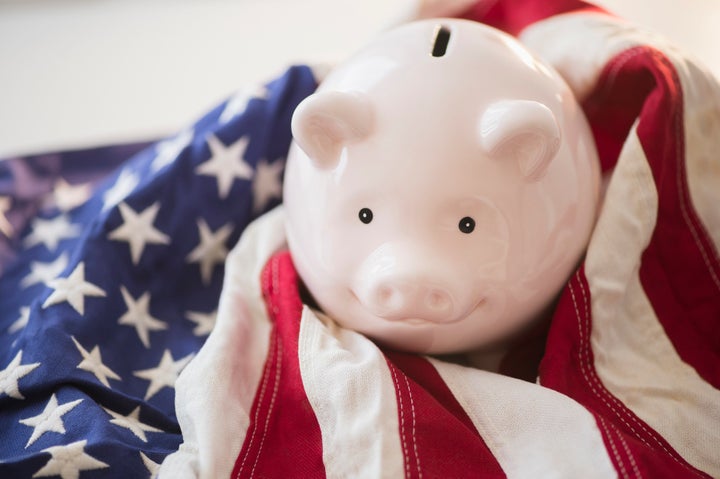
From Forbes to Fortune, from Money magazine to The Motley Fool, the big news in personal finance this week has been a scary new poll of 5,000 American adults that showed 69 percent have less than $1,000 in savings.
This is the second year that the website GoBankingRates.com has posed this simple and awful question. Last year, 62 percent had less than $1,000 in savings, which was bad enough for one GoBankingRates expert to mutter the word “worrisome.” This year’s uptick of 7 percent had lead researcher Kristen Bonner blurting out the words, “extremely shocking.”
Bonner added, quite correctly, “The majority of Americans are just one emergency expense away from being broke.”
Yet I see one upside to this report, while a fellow personal finance expert sees another.
And the young shall lead them
While most media reports focus (understandably) on that 69 percent, it turns out that “older Millennials” between the ages of 25 and 34 are saving more than “even Gen Xers ages 45 to 54.” Of those Millennials, 33 percent have $1,00 or more in savings, compared to 30 percent for those Gen Xers.
Those numbers are still depressingly low, but the trend is what I’m looking at. Maybe, just maybe, Millennials who grew up in the shadow of the Great Recession looked at debt in the face and were scared straight. Sadly, my generation (let’s just say I’m on the downside of 50) and the ones right before and after me never got the memo about spending less than we earn.
Salary and savings: mutually exclusive
Debt.com chairman Howard Dvorkin focused on another stat, which either the rest of the media reports didn’t mention or buried deep in their stories: “40 percent of Americans making $100,000-plus a year have less than $1,000 in savings.”
This would be even more depressing news to most people, but Dvorkin has a unique view on these things. He’s looks at financial news from a purely psychological perspective, whether it’s retirement or entrepreneurism. Of course, many experts do this, but Dvorkin believes America’s personal debt problems won’t be solved until it becomes a crisis that affects everyone you know.
“The simple truth is, if you have $20,000 in credit card debt you can’t afford to pay off, you won’t worry about it as much if everyone else you know is in the same boat – and they don’t seem worried,” Dvorkin says. “But if Americans of all social strata finally realize they’re in trouble, and they see that same concern on the faces of friends and family – well, maybe then we can work together to solve this national disaster.”
Dvorkin hopes this is the report that does it – the one that finally convinces Americans in debt to call a nonprofit credit counseling agency for a free debt analysis. For me, I hope it convinces Americans that bankruptcy isn’t a scarlet letter but a legitimate and legal tool to start over.
Unlike Dvorkin, though, I’m not sure this “extremely shocking” report will be enough. I think it’ll take more devastating news than this. But I hope I’m wrong and Dvorkin is right.

